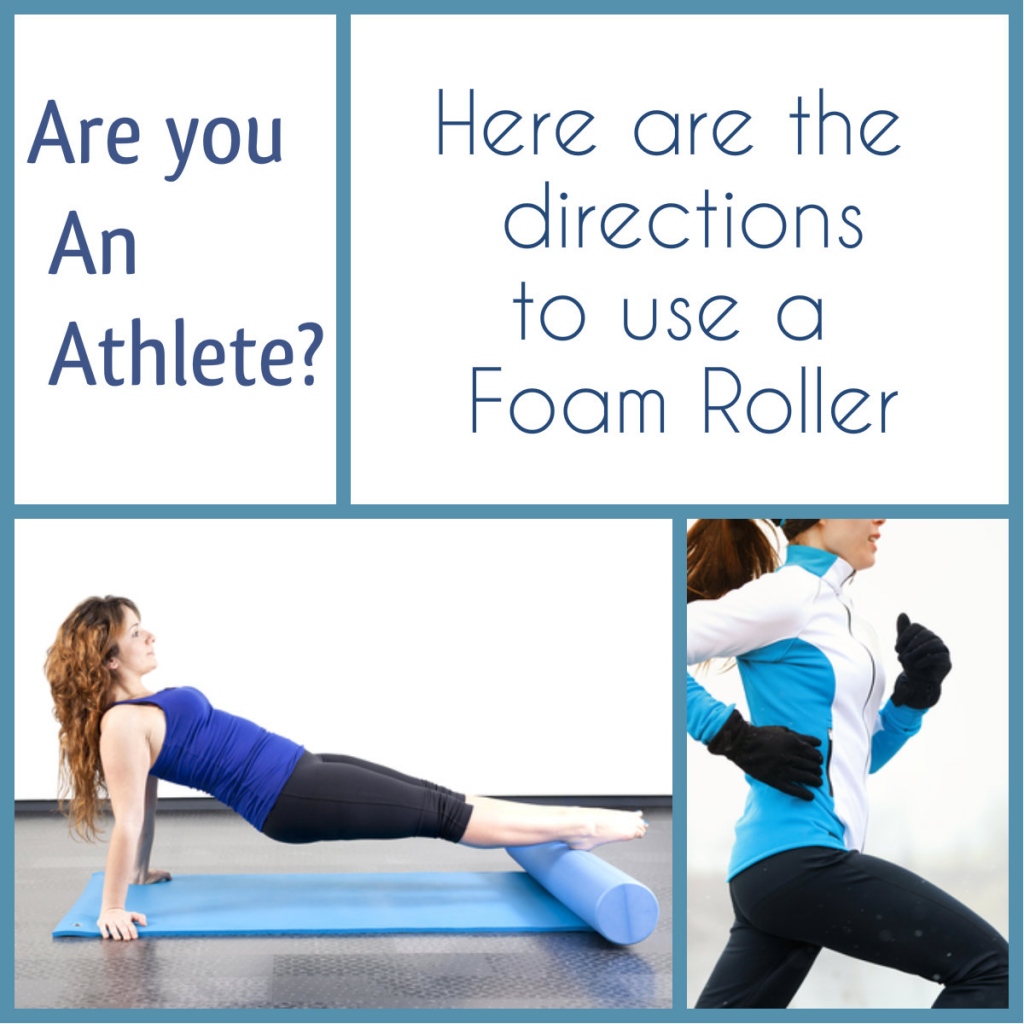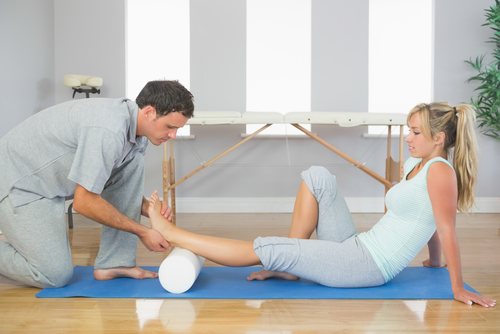Self-myofascial release – also known as foam rolling – has recently transformed from a mysterious technique used only by professional athletes, coaches, and therapists to a familiar practice steadily gaining an ever-increasing following. Basically, this is simply a fancy term for self-massage using a specialized foam roll which helps to release muscle tightness and relieve trigger points.
Trigger points are specific knots which form in muscles. They are unique to each individual but can be identified by a few common symptoms. The most common identifier is pain referral, best described as pain felt when pressure is applied to a small area of the body which radiates pain throughout the area. A common example of this in foam rolling is pain radiating up to the hip or all the way down the leg to the ankle when applying pressure to certain spots. When rolling or working on tight or sore muscles, it is common to experience some discomfort or pain. The pain should be uncomfortable but never unbearable and when you are done, you should feel better.

Foam rolling allows the individual to have control over their healing and recovery process by applying pressure in precise locations. This can be extremely beneficial as only the patient can truly know what they are feeling. It is thus easier for them to self-treat as long as care is taken not to overdo it. For this reason it is always recommended to consult with a physician or an experienced physiotherapist before starting. While your doctor is mostly likely to approve – and even encourage – the practice, it is always best to consult a medical health practitioner before engaging in new self-treatment methods.
How to Use a Foam Roller
Before you get started it is important to know that you should never roll a joint or bone and take care to avoid rolling your lower back.
- Apply pressure to a specific muscle or muscle group using the roller and your bodyweight.
- Roll slowly, no more than 1” per second.
- When you find tight or painful areas, pause for several seconds and relax as much as possible. You should feel the muscle slowing begin to release. If the area is too painful for direct pressure, work the surrounding areas to loosen tight muscles in the vicinity.
The goal of a foam roller is to restore healthy muscles, not to test your pain tolerance so be careful not to overdo or you will feel worse in the long run.
Author Bio
Club football team physio who believes there is a lot more to learn and still researching morking of human muscles and bones. It is fascinating to know how the natural machine works. Follow her on Twitter.

